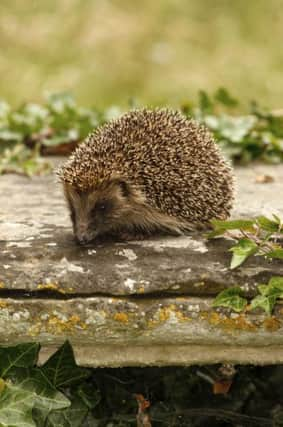Great advice to help solve a spikey problem


So, what can gardeners do about it? This year, the RHS and The Wildlife Trusts are teaming up with the campaign Hedgehog Street during Wild About Gardens Week to encourage us to make gardens, schools and community spaces hedgehog-friendly.
“Improving your gardens for invertebrate groups will encourage hedgehogs into the garden, as insects, slugs, snails and earthworms are the hedgehog’s natural food source,” says Helen Bostock, RHS senior horticultural adviser.
Advertisement
Hide AdAdvertisement
Hide AdRHS Harlow Carr in Yorkshire is launching three hedgehog gardens which are each 5m x 5m - one contemporary, one formal and the other wild - with small holes in the boundaries to allow hedgehog access, featuring planting which will attract invertebrates and hedgehog shelters.
Leafy plants including hostas, which provide both cover and attract slugs and snails, which are food for hedgehogs, are featured in the gardens, as are willow shelters, short grasses and bare soil.